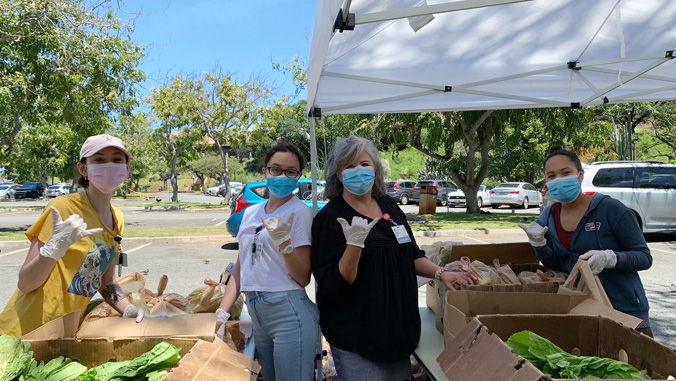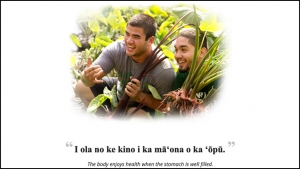
The University of Hawaiʻi Basic Needs Committee has developed a Basic Needs Master Plan to address the basic needs of many UH students in areas including food, housing, childcare, mental health, clothing, living expenses and transportation. More than half of UH students, and nearly 60% of college students nationwide, experience some type of basic needs insecurity, according to a 2020 UH student survey and recent research (PDF). Student success cannot be achieved while students struggle with basic needs.
The UH Basic Needs Master Plan will guide programming across the UH System and will be updated regularly based on the latest surveys, data, research and national best practices. The plan includes priorities for each of the UH’s 10 campuses. The summaries include the current status of basic needs insecurity on each campus, existing programs and practices and specific priorities and goals to meet each campus’s needs.
“Basic needs security for students is critical to their academic performance, persistence, graduation and overall well-being,” said UH President David Lassner. “This first ever Master Plan provides us with a framework for a path forward to address basic needs insecurity in our student population over the long term. I am deeply grateful to the UH Basic Needs Committee (UHBNC) for their collaborative efforts in developing this detailed plan and for all of their dedicated work to help our students succeed in school and life.”
The campuses share many of the same priorities identified in the Master Plan, which are based on the latest data and best practices. For example, 58% of the UH students surveyed in 2020 did not bother to apply for basic needs support on their campus because they did not know about the services available, did not know how to apply, or did not believe they qualified. One of the priorities shared by the 10 campuses is raising awareness of basic needs insecurity and connecting students to available resources and services.

The Master Plan also outlines four principles—leadership, culture of care, inclusivity and sustainability (as in a sustained effort to address student basic needs insecurity)—and calls for the creation of a systemwide coordinator and additional funding for a student survey every three years and for outreach and educational events.
Developing the Master Plan was one of two key objectives of UHBNC, which was formed in 2019 by Lassner. The other was the creation of the UH Student Basic Needs online clearinghouse, launched in March 2021, to provide students easy access to a wide variety of resources for food assistance, financial help, health services, housing and shelter, and more.
UHBNC is hosting a webinar on March 29 from 10:30 to 11:30 a.m. to present the key findings about the UH System with Sara Goldrick-Rab, the founder of the Hope Center for College, Community, and Justice and a leading expert on student basic needs insecurity in higher education. She will present data from the #RealCollege Survey, the nation’s largest, most well-established assessment of students’ basic needs insecurity. Register online to learn how you and UH can help our students succeed by helping to address our student’s basic needs.

